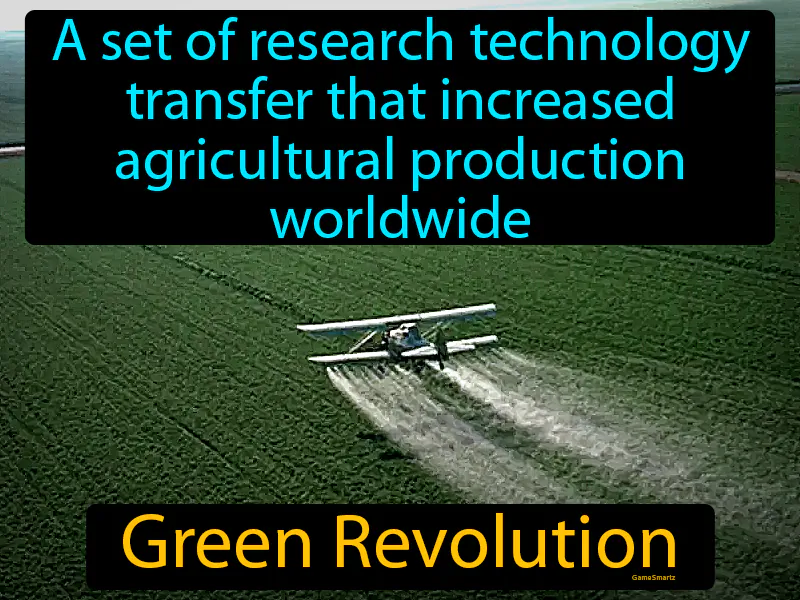Green Revolution
Green Revolution: Easy to understand
The Green Revolution was crucial because it significantly increased food production in developing countries from the 1940s to the late 1960s, helping to reduce hunger and poverty. It introduced high-yield crops, modern fertilizers, and irrigation techniques, which transformed agriculture but also highlighted issues like environmental damage and economic inequality. These tensions persist today as debates over sustainable farming practices and equitable food distribution continue. For instance, the use of chemical fertilizers and pesticides sparked concerns about soil health and water pollution, affecting farmers and consumers alike. Understanding these impacts helps people make informed choices about the food they buy, such as opting for organic products, which can influence farming practices and policy decisions globally.

Practice Version

Green Revolution: A set of research technology transfer that increased agricultural production worldwide. Green Revolution. The Green Revolution refers to a period in the mid-20th century when new agricultural techniques and high-yield crops dramatically boosted food production worldwide.